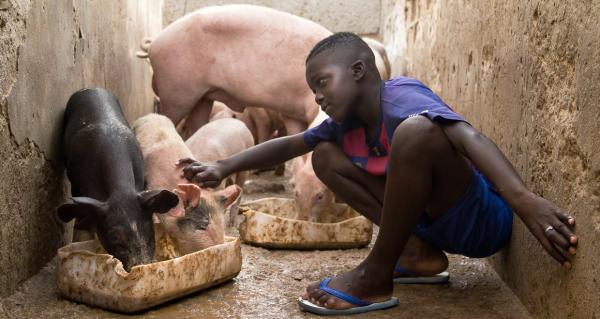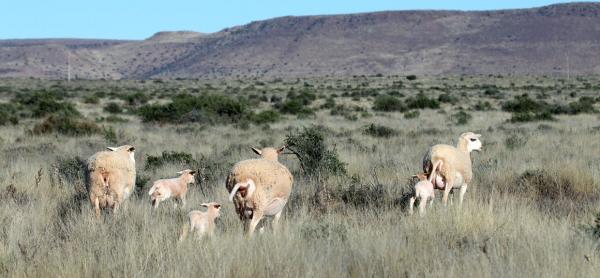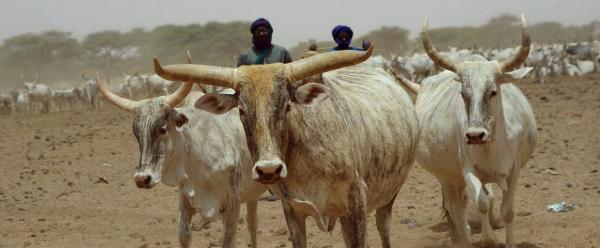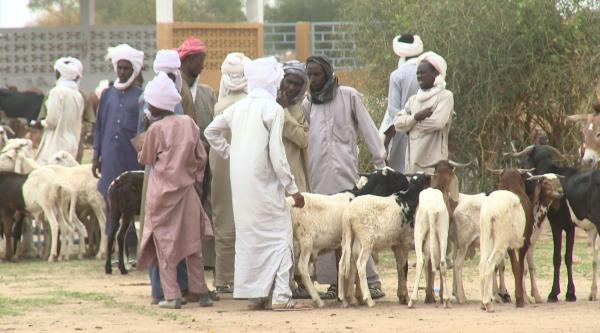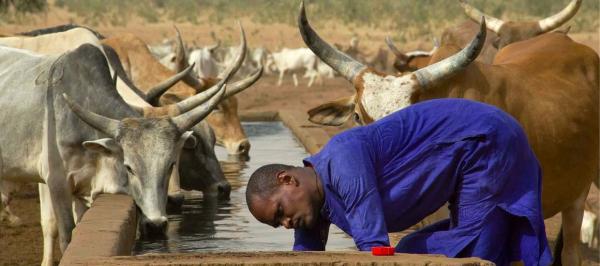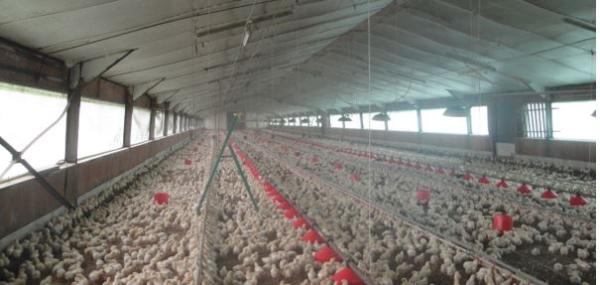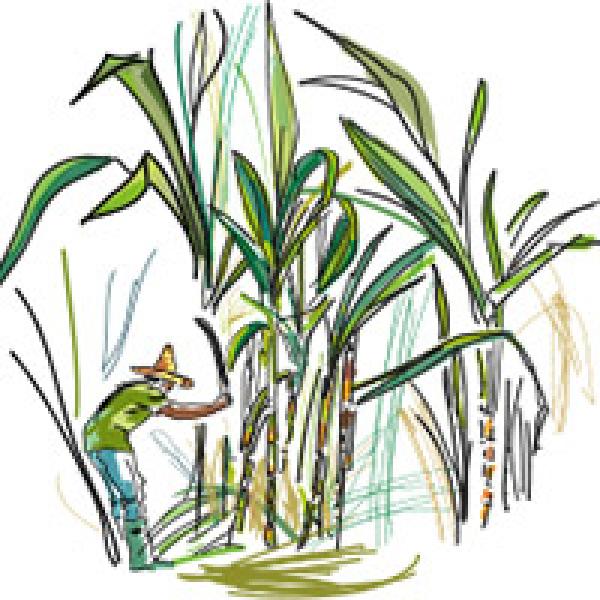Science at work 29 January 2024
- Home
- Our activities, our impact
- Tropical value chains
- Animal production

Animal production
The issues
- Intensive and extensive animal production occupies 30% of the world's ice-free land areas, and 70% of the world's cultivated areas are used to produce animal feed (FAO); to boost production, animal and mixed farmers must be offered innovative, sustainable systems .
- The effects on the global environment of animal production and its by-products, during both production and processing, are significant: substantial contribution to greenhouse gas emissions, high water consumption, varying effects on biodiversity; it is now vital to take account of these impacts.
- The role played by small-scale animal farms in alleviating poverty is widely recognized. However, local products face competition from animal products sold on the global markets by the main producing countries (Brazil, Europe): what standards and rules are required to foster local development?
- The health risks, for both farmed animals and humans, are a significant constraint on commercial trade; moreover, animal products can transmit germs to consumers if the appropriate sanitary measures are not taken during production, processing and distribution.
- How is global meat and milk consumption likely to change? Will it increase, as the FAO predicts? Might it fall in OECD countries? Is consumption likely to be more balanced between North and South?
























